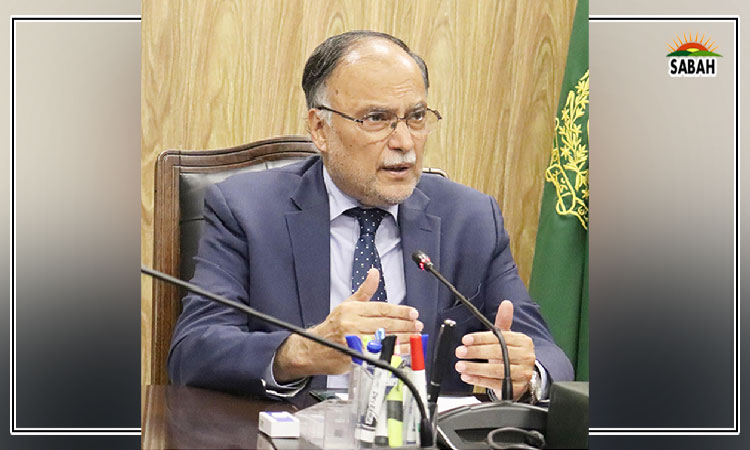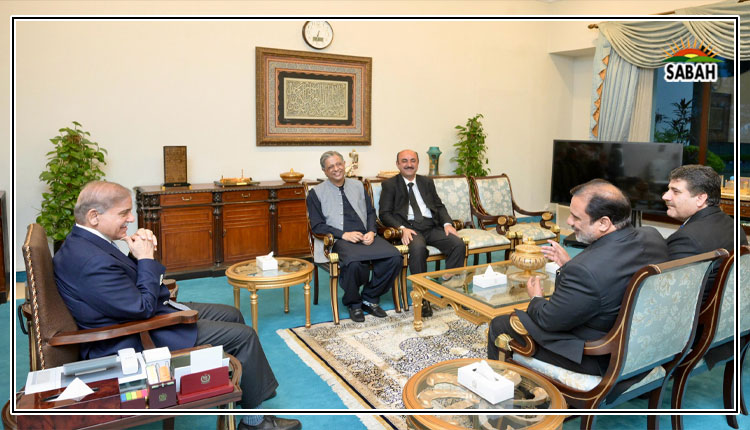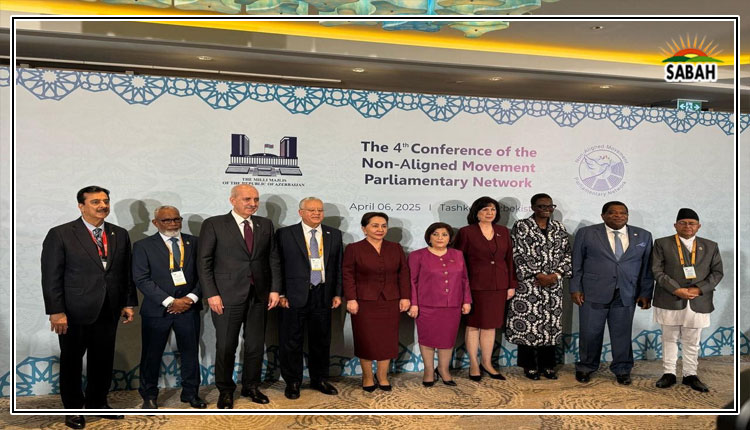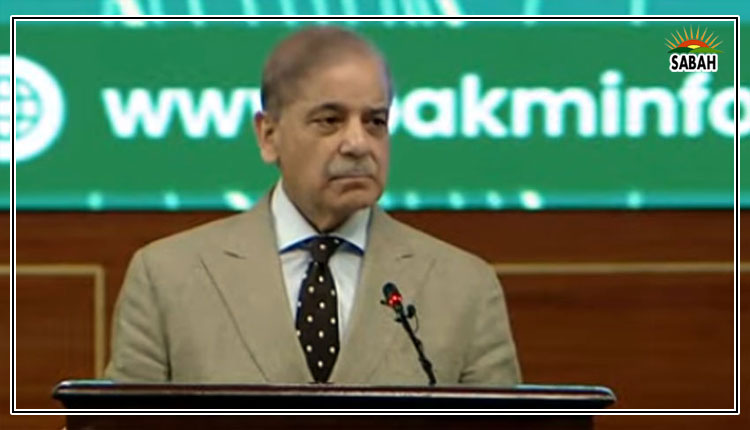Economy Don’ts 101…Almazia Shahzad
Every few years, Pakistans economic managers find themselves in a pickle, struggling with declining economic growth and rising inflation when only the year before they have managed to achieve record high growth. So what could have happened? What went wrong? An oversimplified, yet not over exaggerated, answer is: EVERYTHING.
Open any Introduction to Macroeconomic textbook and flip through the chapters on monetary economics. Two key ideas are foundational: quantity theory of money that suggests inflation is a monetary phenomenon, and neutrality of money theory which asserts that in the long run money has no impact on output, and any observed effect on economic activity is transient in nature.
Running fiscal deficits spending beyond means through borrowing has been a well-established prominent feature of Pakistans macroeconomic management strategy. Most of the borrowed money is used for subsidizing energy and petroleum prices. This is equivalent to handing out money to people, which they will then of course spend. This creates demand.
Another elementary concept in macroeconomics is sticky prices, which means prices tend to change with a delay. Given the prevailing price levels in the economy, increased demand is initially met by an increase in supply as producers aim to increase revenues. This creates an illusion of growth with low inflation. Take note that this is consumption-led growth, and no changes have occurred on the investment side.
In the long run, suppliers are constrained by their productive capacities, and there exists a demand supply gap which pushes prices upwards. Since they are able to adjust in the long run, the economy experiences inflation. This subdues demand and growth now appears to decline. Two observations are important here. First, the overall impact of the expansionary fiscal policy has been a rise in inflation and no change in economic growth, as predicted by the quantity theory of money and neutrality of money theory.
Second is the much talked about issue of structural constraints. Addressing these in theory is like pushing the production possibility curve outwards, shifting the long run or full employment level supply curve to the right. Increase in the productive capacity of the economy would mean that an increase in demand could be catered to without creating inflationary pressures.
This was the tale from the goods market, on the money market side, increase in government borrowing from the banking sector crowds out private sector investment. As a response to the liquidity shortage, the State Bank has been responding by injecting liquidity in the market through Open Market Operations. Low levels of interest rates have simultaneously incentivized spending over savings. The expansionary monetary policy has the economy circling back to increasing demand pressures.
To make matters worse, our economic managers have been obsessed with keeping the exchange rate fixed. The policy is pursued with a complete disregard to our available foreign exchange resources and obligations. Lack of adequate incentives and provision of a conducive investment environment in form of regulations and economic and political stability, have deterred foreign investment in the country.
Exports have remained stagnant, whereas imports remain high. Remittances to an extent counter the huge trade deficit; nevertheless, the current account continues to register a deficit. The major component of our foreign exchange reserves is foreign borrowing which it appears we tend to forget has to be repaid until it becomes due. The gap between the dollar demand and supply creates depreciation pressures.
Referencing back to basic macroeconomic concepts, according to the relative purchasing power parity, the difference in the rate of inflation at home and abroad will determine the change in exchange rate. Rising inflation in the country triggers expectations of a further increase in prices. Against the dollar, the rupee is expected to lose its value, implying a depreciation of rupee. Demand for the dollar goes up as investment in foreign currency becomes more profitable. In theory, there is an arbitrage opportunity as investors may later exchange the foreign currency for rupee and gain an amount higher than the initial invested amount, due to realization of the expected depreciation.
The market is injected with dollar liquidity to prevent depreciation through State Bank interventions, depleting the foreign reserves, bringing the rupee under a speculative attack. Take note that the intervention process itself drains rupee liquidity. The market was already short and the demand was met by injecting money in the economy. Further injection (read: sterilization), as has been the case, has led to additional growth of money supply in the economy.
As indicated by the interest rate parity that links exchange rate changes with the interest rate differential between home and foreign country to offset the impact of exchange rate changes the domestic interest rates must change. For Pakistan, these interest rates must not only rise to accommodate the loss in the value of the rupee but also associated future currency risk, captured by the idea of risk premium under the uncovered interest rate parity.
The State Banks inability to increase the interest rate in a timely manner, lower monetary injection, and instead continued forex intervention has resulted in increasing risk premium. An imperative issue to raise here is the lack of autonomy of the State Bank.
The relevance of the IMF financing facility is in managing the downward market expectations. The loan conditionalities often demonized are logical policy prescriptions that our economic managers must have already implemented. Doesnt fiscal consolidation, increasing interest rates and allowing the exchange rate to be market determined not seem viable in the above described scenario?
Unfortunately when we are able to secure IMF support and our managers are able to save their skin, they go right back to doing exactly the same, wreaking havoc on the economy and losing market and IMF trust. It all boils down to politics and to find answers to those matters we must look through history textbooks.
Courtesy The News












